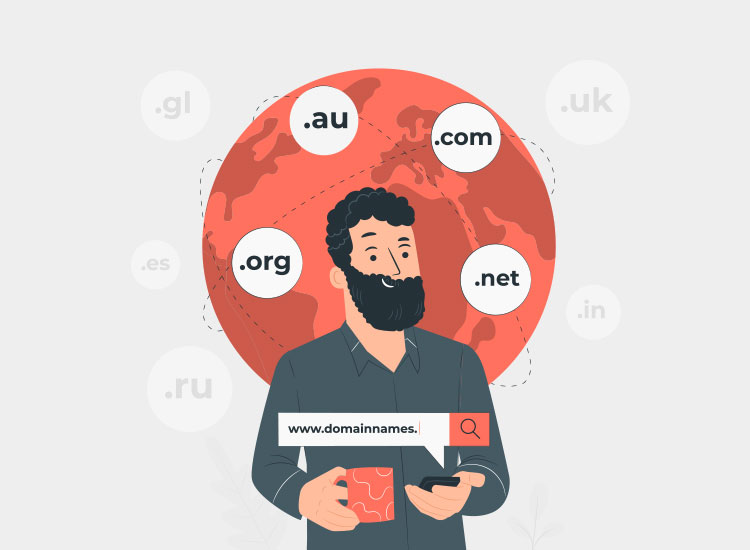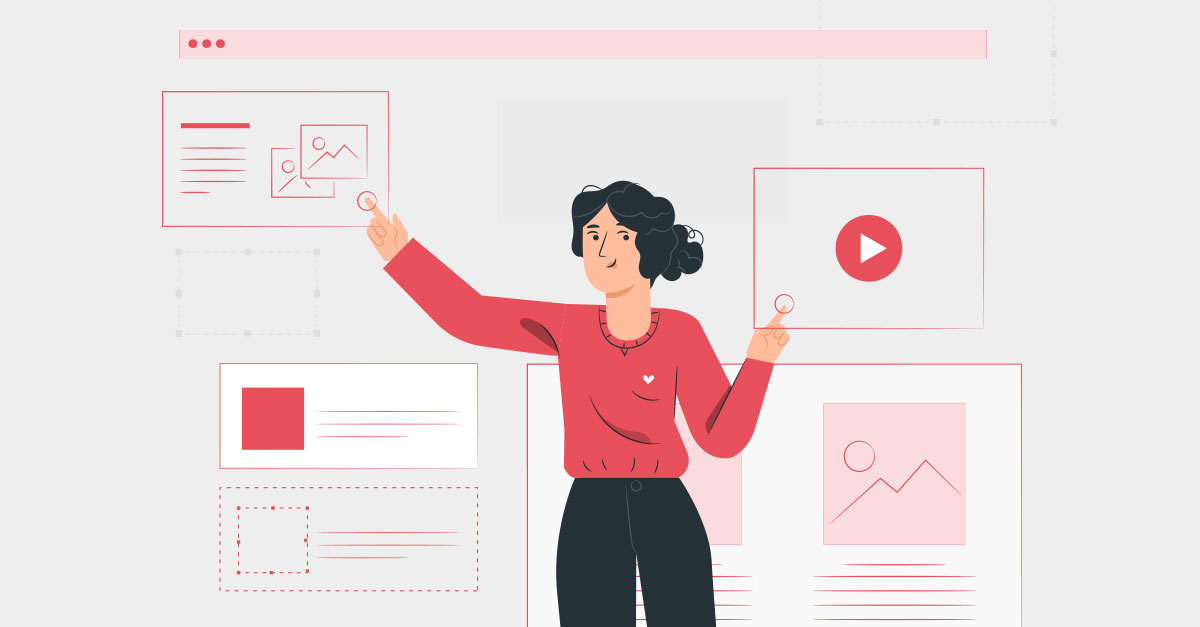Starting your first business website can be tricky. The experience can be made worse if you are unprepared and don't' know what to expect.
Before you embark on building a website it is best to have certain things ready in advance so you can get the best outcome from the project.
1.Get a business logo first
You can make a website without a logo but why would you? A well-designed logo shows that a business is trustworthy and legitimate.
It will also help with brand recognition when trying to grow your business. If you haven't already we strongly advise you to get one before starting.
2.Pick a suitable domain name
A unique address for your business website that ends as a .com or .com.au. Domain names are necessary for visitors to find you. They are the address people type in the browser to find your business.
It is a good idea to have one chosen prior to starting a website.
Aim to have a domain name that is easy to remember and easy to say. If possible try to squeeze in your business keywords too.
They cost between $15-$50 and must be renewed annually. It doesn't matter if you previously owned it. If you don't renew it then someone else can buy it.

3.Setup a business email
If you want to be taken seriously then you need a business email.
Using a Gmail or Yahoo mail account is unprofessional and makes it harder to grow your business down the line.
All you need is to buy a domain name in order to set up your business emails.
Alternatively, you can subscribe to collaboration apps like GSuite to manage your email for your business.
4.Know your target audience
Are you focused on local, national or international markets? Will you be targeting male or female consumers? What age group will they belong to?
Knowing the answers to those questions is important for your web design.
When you know your audience you can design your website to specifically appeal to and connect with them.
When your audience makes a connection with your business it becomes easier for them to buy into your products and services.
5.An idea of appearance and style
If you don't have a clear idea of what you want then the easiest thing is to look for websites that appeal to you (and more importantly the ones that don't).
See what your competitor's websites look like. If you aren't inspired by theirs then find examples of styles you like.
A good web designer will advise if those styles are suitable and suggest alternatives if your examples aren't appropriate. In fact, try not to base the entire web design on your preferences alone.
In the end, your website will be used by your customers so it might be better to design it according to their preferences instead.

6.How many pages you need
There are certain pages we believe that every website should have.
These are your 'pillar' pages and having them on your website is necessary to compete online. Without these essential pages, your website may suffer ranking and credibility issues in Google.
The pages you should have include Homepage, Services/Products, About, Contact Us, and Privacy/Terms.
There are optional pages that helps your website rank better in the long run. Content is still king and adding some of these pages will definitely increase the content density of your website.
Optional pages include Blog, Image Gallery, Video Gallery, Case Studies, Client Testimonials, Latest Projects/Works, Pricing (comparison tables), 404, and FAQ pages.
7.The words on your pages
Most business owners don’t think about that. When they do it’s usually halfway through the project.
Builds that should take a few weeks can sometimes turn into months because the wording was an afterthought.
It’s easy to know how many pages you want but it’s more important to have the words for those pages ready before the project begins.
We genuinely can't place enough importance on having your content ready first.
8.Buy an SSL Certificate
An SSL (Secure Sockets Layer) certificate offers protection for websites. It allows visitors to send sensitive data securely.
Having an SSL cert means your website can be trusted and is credible.
Normally charged on a yearly basis cost can range from $0 to $500 per year. Higher costing certificates have better warranties, better encryption standards, and better payouts if something does go wrong.
9.Choose a Web hosting package
Web hosting allows your website to be viewed online.
There is a range of different hosting options to choose from. What you go with will impact site speed, customer support, downtime, and how big your site can grow.
Charged monthly or yearly, costs can vary between $25 per month (low traffic sites) to $1000 per month (sites with 100,000 monthly visitors or more).
10.Send existing brand assets
If you already have a logo then your brand colours should already be picked out. You might also have existing marketing materials (brochures etc) and want to incorporate those styles.
Send any previously designed assets related to your business brand. These assets may assist the designer during the web design process.
11.Decide if you need WordPress
WordPress is the most popular Content Management System (CMS) and powers 30% of the world's websites.
But do you really need it? Ask yourself one question to decide whether you need it for your business.
Will you be writing articles on a regular basis?
If you don't intend to blog then maybe you should hold off getting it. You see WordPress was originally created to make blogging easy for anybody to do.
It was made solely for that reason although nowadays it has outgrown that singular purpose.
Wanting a WordPress website because everybody else has one isn't a great reason to get it. There is a lot of unspoken ongoing maintenance and costs associated with owning one that most web designers don't bring up.
However, if you plan on releasing articles once a month or have marketing and SEO strategies to implement then WordPress can do that for you.
Another reason to get WordPress is if you intend to work with a digital agency. Otherwise, save your money and only get it when you need it.

